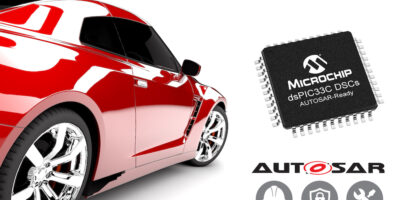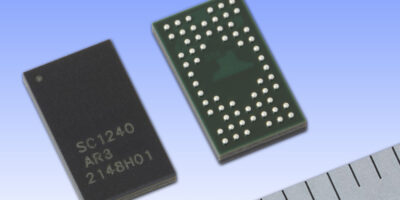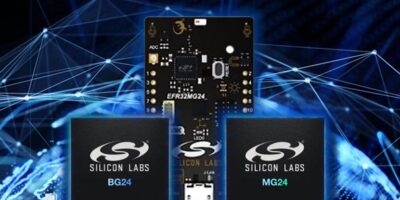Sitara AM62 processors have been released by Texas Instruments. The company said that they help expand edge artificial intelligence (AI) processing and the low power design enables support for dual-screen displays and small size human machine interface (HMI) applications.
According to Texas Instruments (TI), the next generation of HMI will bring new ways of interacting with machines, such as enabling gesture recognition to give commands in a noisy factory environment or enabling the control of machines by phones or tablets with a wireless connection. The AM62 processors bring analytics to edge devices at low power, including suspend states as low as 7mW. There is also no need to design for thermal considerations, said TI, which can give engineers flexibility to deploy new capabilities in size-constrained applications or industrial environments. Adding edge AI features to HMI applications, including machine vision, analytics and predictive maintenance, can advance HMI beyond a mere interface to enable human-machine interaction.
The AM62 processor starts at less than $5.00 to bring low-cost analytics to HMI devices with basic camera-based image processing and edge AI functions, such as detecting and recognising objects, said TI. AM62 processors also enable dual-screen, full HD displays and support for multiple operating systems, including Mainline Linux and Android operating systems. AM62 processors also support both wired and wireless connectivity interfaces.
Additionally, the AM62 processors can reduce power consumption in industrial applications by as much as 50 per cent compared to competing devices, said TI. They can thus enable an application powered by AA batteries to remain on for over 1,000 hours. This is possible, said TI, due to a simplified power architecture. The device features only two dedicated power rails and five power modes. Deep sleep mode at less than 5mW enables longer battery life, while an active power of less than 1.5W is made possible by a core voltage of 0.75V. Reducing system power consumption extends battery life and helps engineers meet design requirements for handheld or size-constrained devices. Achieving optimal power performance is further simplified with the new TPS65219, a companion PMIC specifically designed to meet AM62 processor power supply requirements, said TI.
There is a wide range of tools and resources for AM62 processors including multiple open-source software such as Mainline Linux, to simplify the application development process and help accelerate time to market. A hardware ecosystem includes a third-party evaluation module.
The AM625 and AM623 processors are now available in a 13 x 13mm, 425-pin ALW package. It is available directly from TI and authorised distributors.
TI will showcase the AM62 processors and demonstrate system-level solutions for edge AI and electric vehicle charging HMI applications in at Embedded World in Nuremberg, Germany (21 to 23 June 2022) at its stand in Hall 3A #215.







